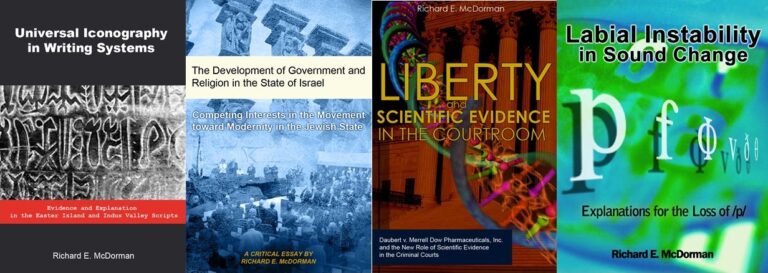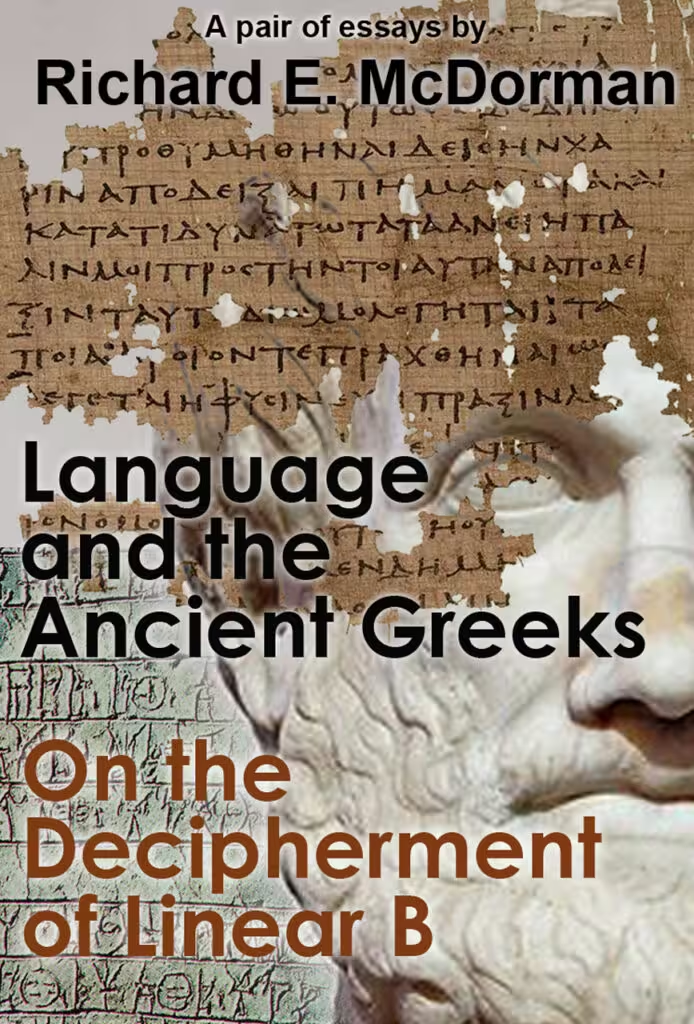Introduction
Modern methods of second language instruction, such as communicative language teaching (CLT) and task-based language learning (TBLL), emphasize the importance of interaction in the second language acquisition and learning process and focus on the development of real-world language skills and the learner’s ability to use language in authentic, meaningful contexts. Proponents of such methods generally claim that the ultimate goal of instruction is to allow the learner to develop global communicative competence in the target language and culture that encompasses not only a knowledge of grammar, lexis and phonology, but equally importantly, socially-constructed knowledge about how, when, where and why to use the language. Yet despite their ostensible emphasis on the importance of interaction and the learner’s ability to successfully navigate communicative encounters in the target language, the dominant paradigms in the field of teaching English as a second language (ESL) have all but ignored dialects other than the standard. While such an approach may arguably be appropriate in some English as a foreign language (EFL) contexts, in which learners may never actually interact with a native English speaker as they learn English primarily as an international lingua franca, refusal to acknowledge the importance, and necessity, of understanding dialects other than the standard fails to meet the real-world communicative needs of many English language learners in predominantly English-speaking countries such as the United States.
English language learners in wide swaths of the United States, from the rural South, which has seen large increases in the number of Spanish-speaking migrants during the last decade, to many of the nation’s largest cities (especially in the urban Northeast, Midwest, Texas and California) regularly interact with native speakers of dialects other than Standard American English (SAE), particularly speakers of African-American English (AAE). In fact, in some large American cities, including Miami, native speakers of AAE may outnumber native speakers of SAE by significant margins. Clearly, for English language learners living in such areas, the ability to understand AAE and its sociocultural context is critical to their overall communicative success. Unfortunately, most ESL (and ESL teacher training) programs in the United States have virtually ignored the significance of dialects other than SAE. Perhaps due to the cultural (over)sensitivities involved, fear of dealing with difficult (or as some might feel, awkward) social and racial issues, as well as widespread ignorance of the history, structure, importance and sociocultural role of AAE in American society, English as a second language programs in the United States generally lack even the briefest mention or acknowledgment of this important dialect of American English. Through this course, which establishes a framework for developing fully-elaborated programs of instruction in AAE for English language learners, I seek to challenge the outdated notion that such learners, especially those living in the American South and many of the country’s largest urban centers, can truly acquire full interactional competence through instruction that addresses SAE alone. Although this particular course will focus on AAE, a fundamental shift in the dialectal focus of ESL curricula in the United States is required in order to address other important, but ignored, dialects of American English, including Appalachian, Southern and New York English. Simply put, the ESL syllabus must break free of the longstanding intellectual imperiousness of the standard to embrace instruction that encompasses the many Englishes that learners will encounter and thereby achieve the culturally responsive pedagogy so often advocated by leaders in the field.
The purpose of this course is to familiarize advanced English language learners with African-American English in its current and historical sociocultural context. Learners will acquire the ability to understand AAE in its spoken and written forms through exposure to and analysis of oral and written texts from multiple genres, including authentic examples of oral discourse, oral and written literature (both prose and poetry), and music. Learners will develop a basic understanding of the phonology, morphology, syntax, lexicon, and pragmatics of African-American English. In addition, the course will address important social, cultural and historical issues related to AAE and its use, including societal views of this dialect of English and its speakers. Although this course and its framework will not require learners to attempt to produce AAE for communicative purposes (the emphasis is on comprehension rather than production), students will be required to talk and write about AAE, its speakers and its use throughout the course.
To view the full text of Understanding African-American English, click here.
Usage rights: This work may be copied and/or distributed in whole or in part, provided that such copy and/or distribution is for purely non-commercial purposes and that the work is properly cited and authorship attributed to Richard E. McDorman. Please contact the author if you have questions about proper citation or usage rights.



